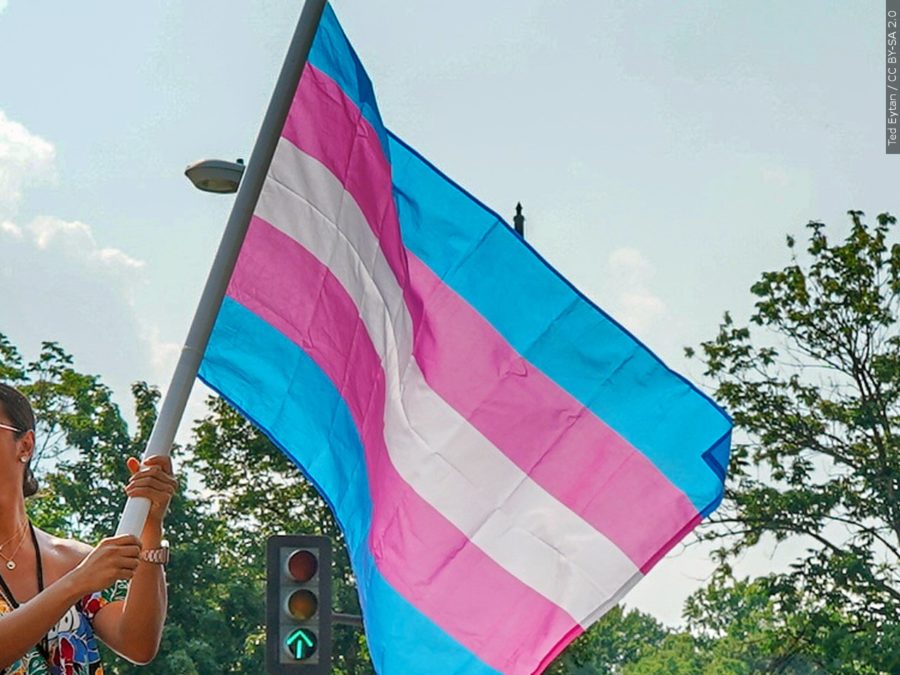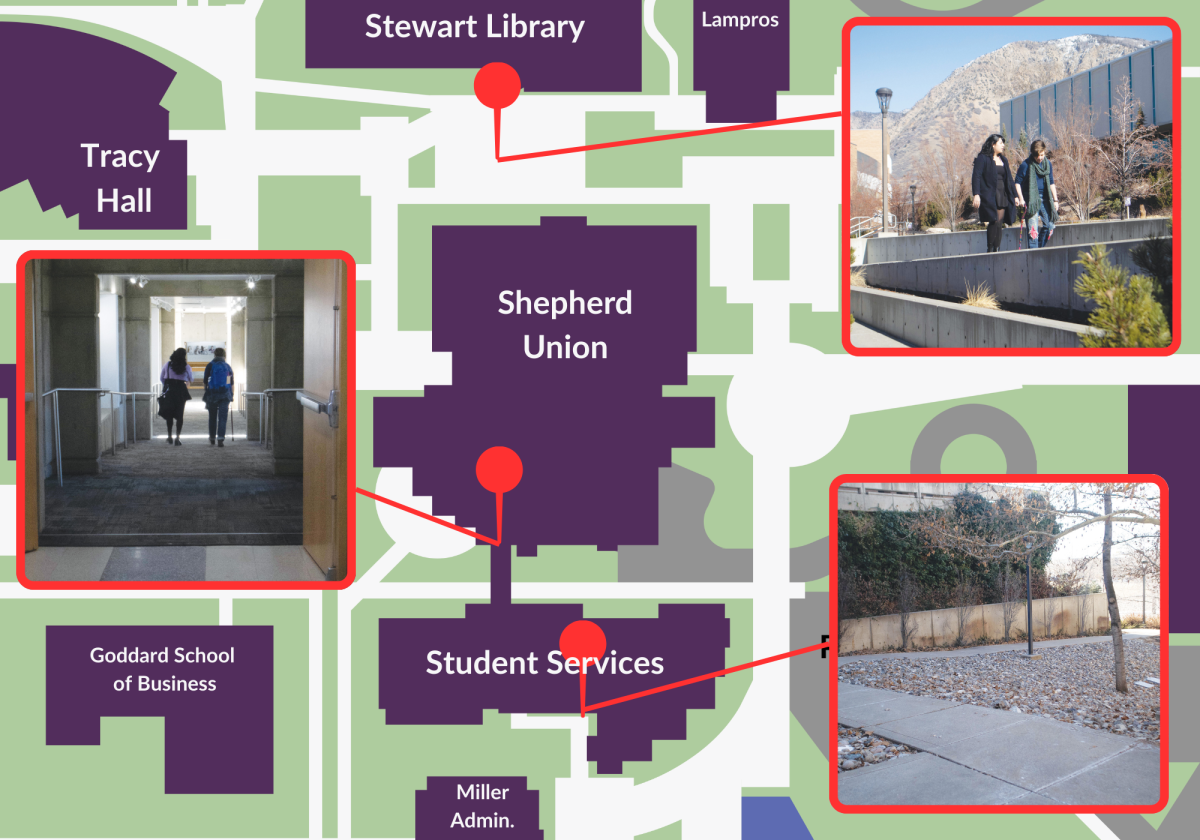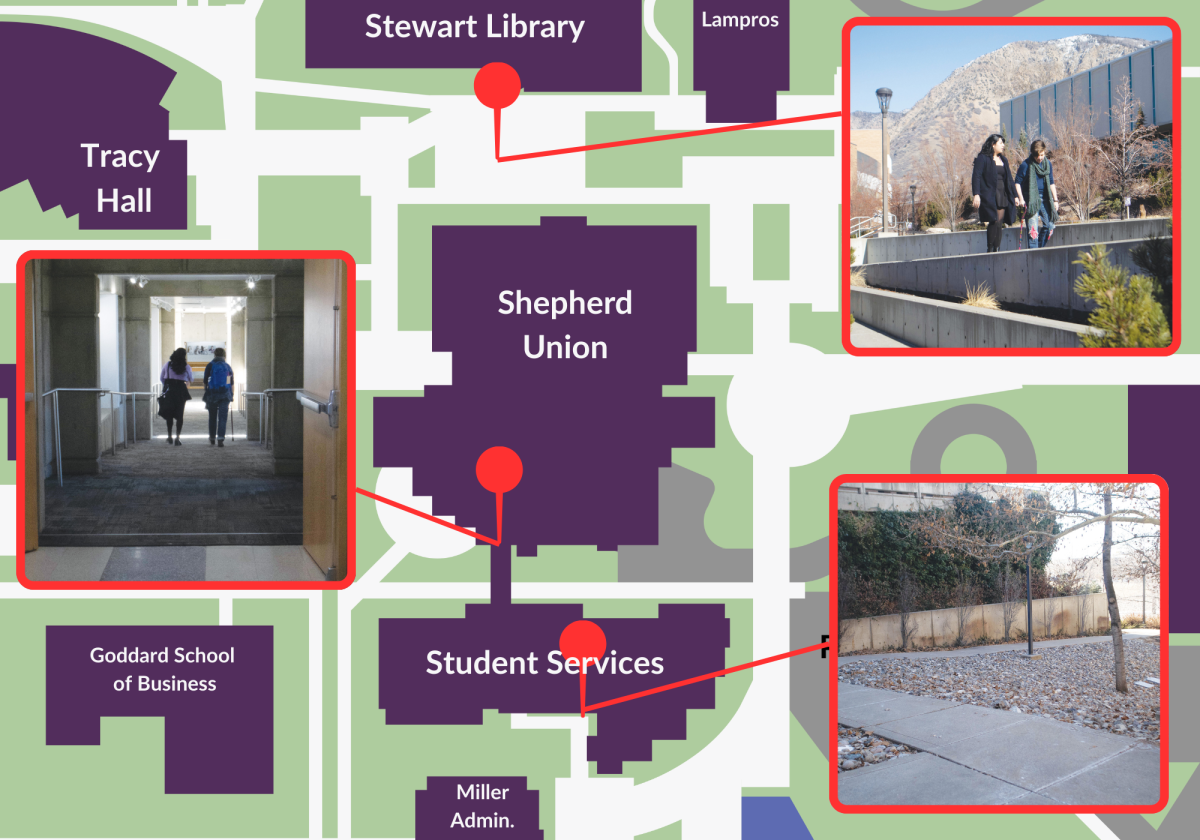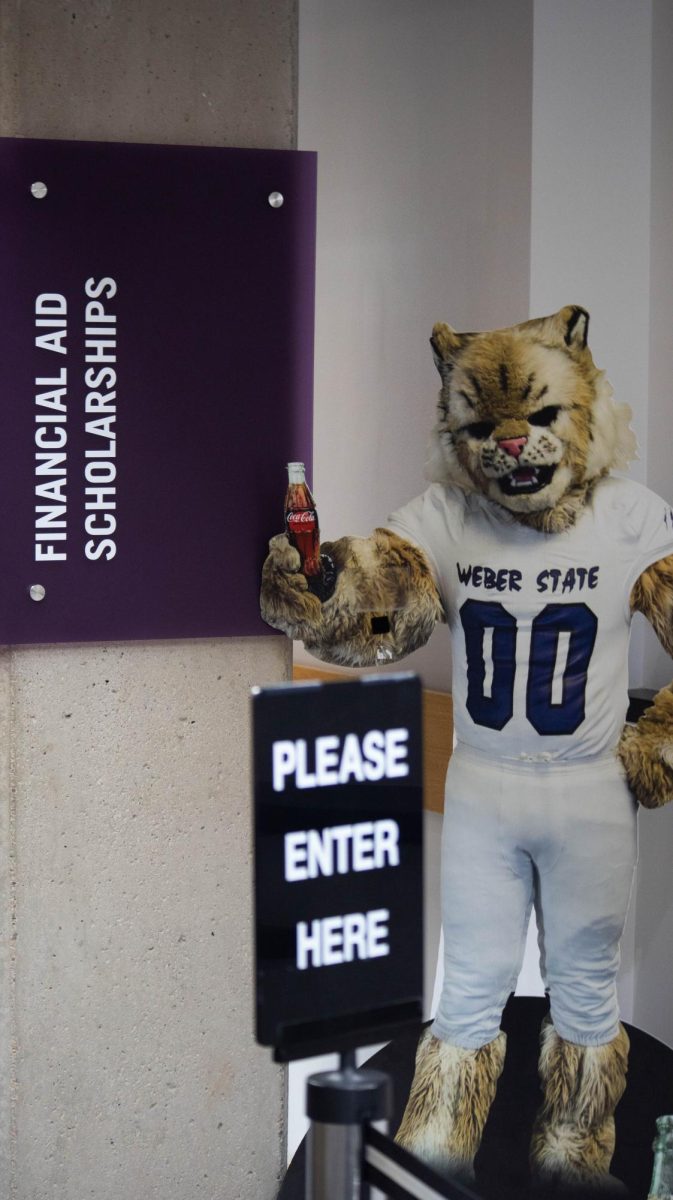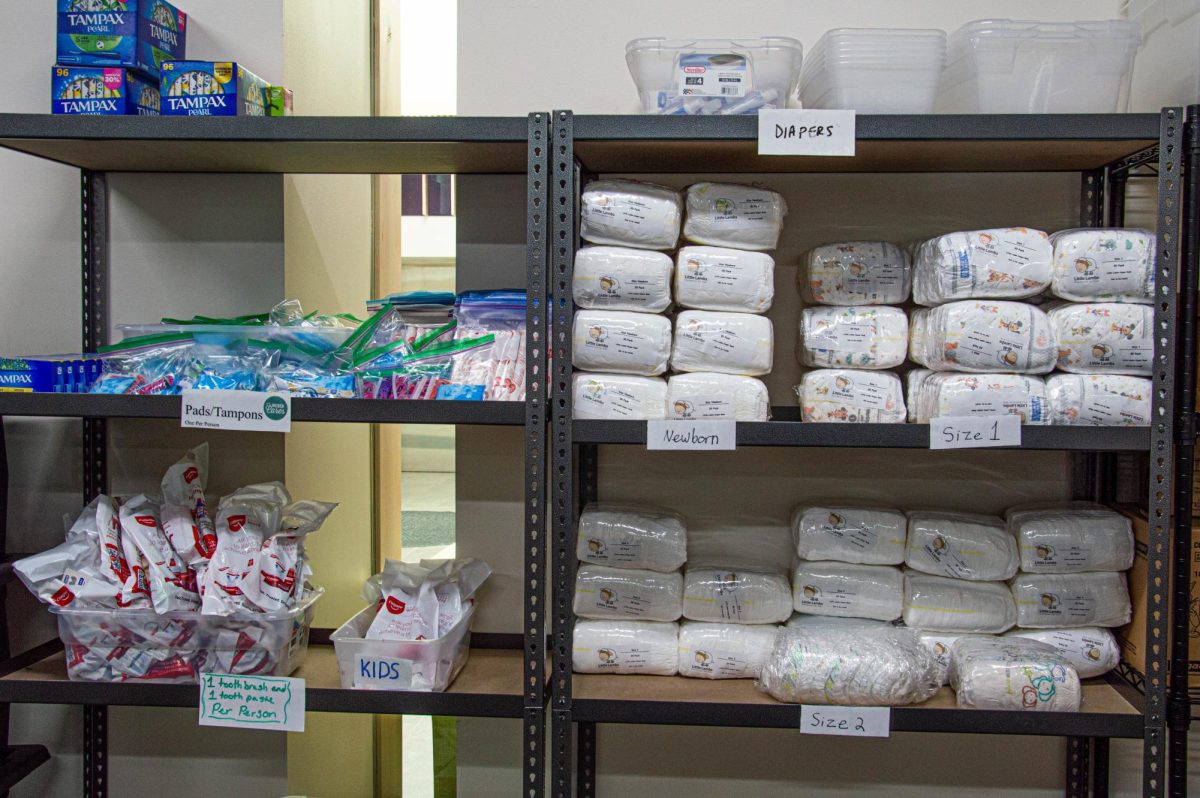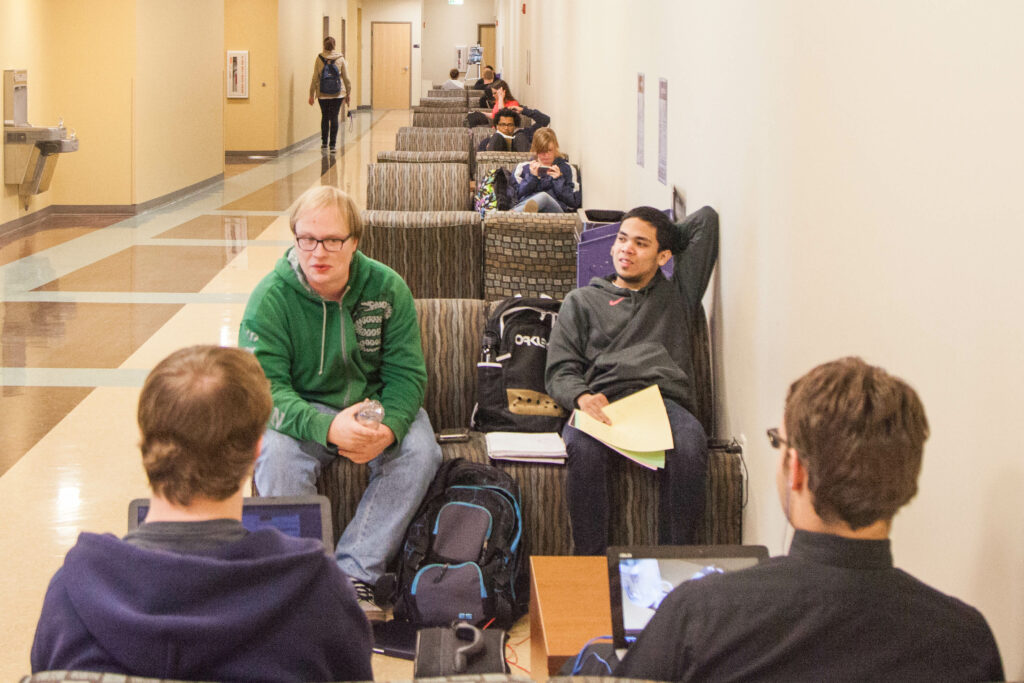
With tuition prices rapidly rising—at a 500 percent inflation rate since 1985, according to Forbes—many students rely heavily on financial aid to help them pay for college.
With stakes this high, losing scholarships can mean going tens- or even hundreds of-thousands of dollars into debt.
To avoid losing academic-based scholarships, students generally try and maintain the highest GPA possible. Life, however, happens to everyone. Something always has to give, and sometimes that is academic effort.
After failing or getting an insufficient score in a class, sometimes the only option a student has is to retake the class. In an effort to keep scholarships, students need to ensure that their actions aren’t going to have a negative impact on their financial aid status.
According to the financial aid office’s website, sometimes retaking classes is covered by financial aid.
If students have never retaken a class they have successfully completed or they are retaking a course they were less successful in, then the class is still covered by financial aid.
However, if the student is attempting to retake a successfully completed course a third or any subsequent time, then that course would not be covered by financial aid.
Students involved in co-curricular courses should be aware of this, as some of these classes are sometimes taken each semester from freshman year all the way to commencement.
Additionally, this policy also means retaking a class to get a better score is only covered by financial aid once.
“Students are accountable for changing programs, dropped classes and repeat coursework” says Jeb Spencer, financial aid director at WSU.
Students can check their financial aid status through the award Information widget on the e-Weber Portal or by visiting the financial aid office on the first floor of the Student Services Building on the WSU Main Campus.






